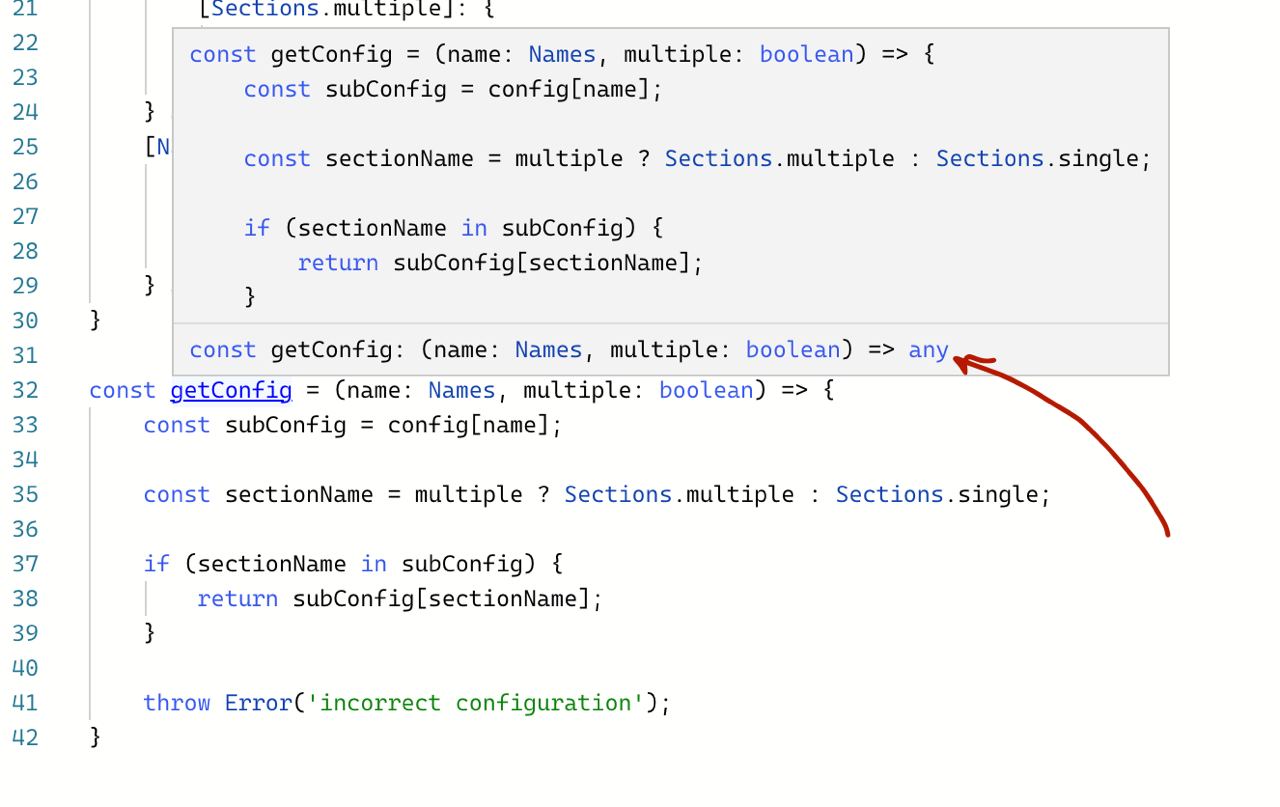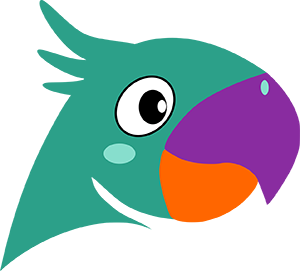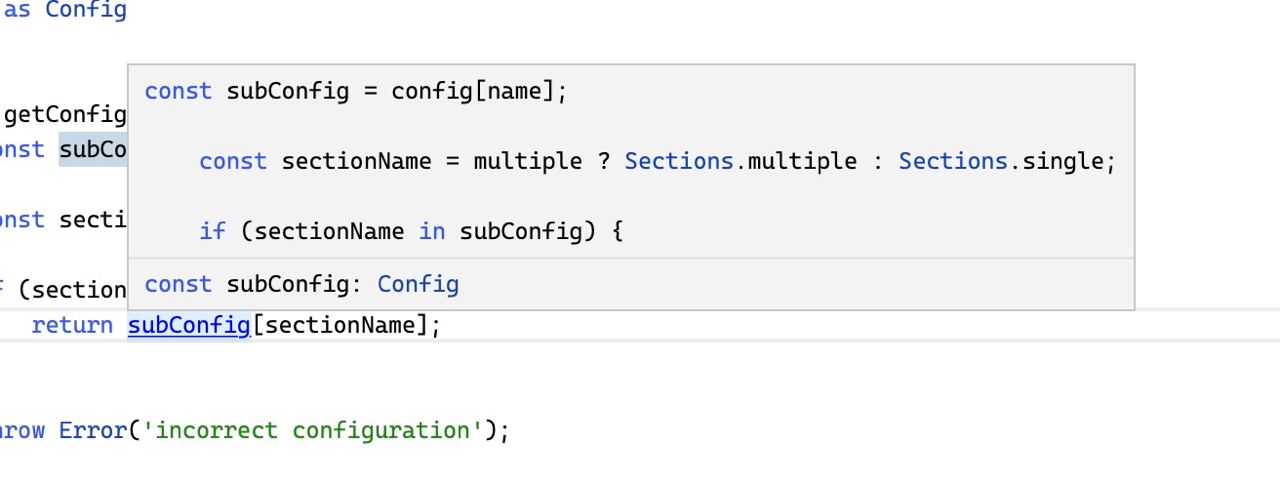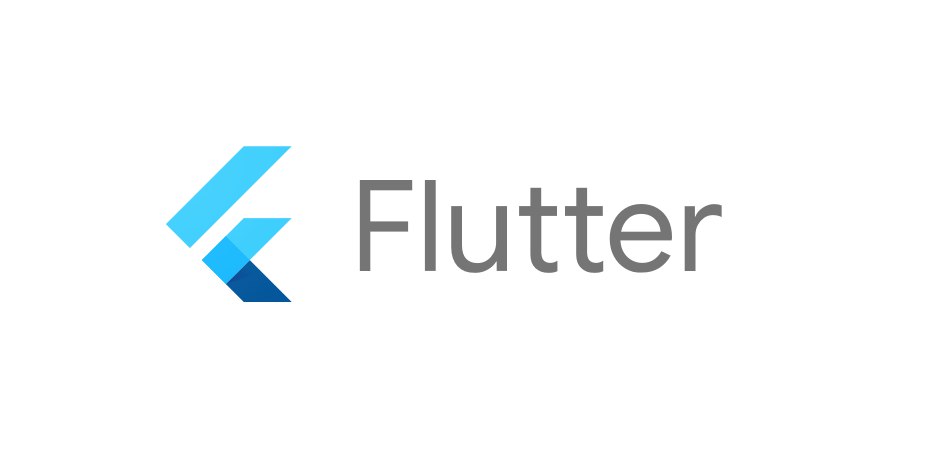KY
Size: a a a
2021 March 12
KY
шо ты имеешь в виду?
DD
шо ты имеешь в виду?

DD
вот еще такой костыль нашел
можно явно задать
const config = {
[Names.foo]: {
single: {
baz: 'baz'
},
multiple: {
baz: ['baz', 'baz']
}
},
[Names.bar]: {
single: {
baz: 'baz'
},
multiple: undefined,
}
}
можно явно задать
multiple: undefined тогда ts хавает этоEO
вот еще такой костыль нашел
можно явно задать
const config = {
[Names.foo]: {
single: {
baz: 'baz'
},
multiple: {
baz: ['baz', 'baz']
}
},
[Names.bar]: {
single: {
baz: 'baz'
},
multiple: undefined,
}
}
можно явно задать
multiple: undefined тогда ts хавает этотак у тебя ж идея когда его нету
R🔘
не помню скидьівал ли https://svelte.nodegui.org/
А на чем флаттер запускается? Он же там все равно какой то вебвью использует, да?
R🔘
Или там нативный рендеринг?
EO
афаик, там нативный
EO
Cross-platform frameworks typically work by creating an abstraction layer over the underlying native Android and iOS UI libraries, attempting to smooth out the inconsistencies of each platform representation. App code is often written in an interpreted language like JavaScript, which must in turn interact with the Java-based Android or Objective-C-based iOS system libraries to display UI. All this adds overhead that can be significant, particularly where there is a lot of interaction between the UI and the app logic.
By contrast, Flutter minimizes those abstractions, bypassing the system UI widget libraries in favor of its own widget set. The Dart code that paints Flutter’s visuals is compiled into native code, which uses Skia for rendering. Flutter also embeds its own copy of Skia as part of the engine, allowing the developer to upgrade their app to stay updated with the latest performance improvements even if the phone hasn’t been updated with a new Android version. The same is true for Flutter on other native platforms, such as iOS, Windows, or macOS.
By contrast, Flutter minimizes those abstractions, bypassing the system UI widget libraries in favor of its own widget set. The Dart code that paints Flutter’s visuals is compiled into native code, which uses Skia for rendering. Flutter also embeds its own copy of Skia as part of the engine, allowing the developer to upgrade their app to stay updated with the latest performance improvements even if the phone hasn’t been updated with a new Android version. The same is true for Flutter on other native platforms, such as iOS, Windows, or macOS.
E
А нормально ли в тестах ts-ignore использовать? Например если хочу сделать
delete window.location
EO
Evgen
А нормально ли в тестах ts-ignore использовать? Например если хочу сделать
delete window.location
нет
EO
@ts-expect-errorEO
и с комментарием, почему ты здесь ожидаешь ошибку компиляции
помогает остальным понять и не возникать
помогает остальным понять и не возникать
E
и с комментарием, почему ты здесь ожидаешь ошибку компиляции
помогает остальным понять и не возникать
помогает остальным понять и не возникать
Спасибо
Вт
Cross-platform frameworks typically work by creating an abstraction layer over the underlying native Android and iOS UI libraries, attempting to smooth out the inconsistencies of each platform representation. App code is often written in an interpreted language like JavaScript, which must in turn interact with the Java-based Android or Objective-C-based iOS system libraries to display UI. All this adds overhead that can be significant, particularly where there is a lot of interaction between the UI and the app logic.
By contrast, Flutter minimizes those abstractions, bypassing the system UI widget libraries in favor of its own widget set. The Dart code that paints Flutter’s visuals is compiled into native code, which uses Skia for rendering. Flutter also embeds its own copy of Skia as part of the engine, allowing the developer to upgrade their app to stay updated with the latest performance improvements even if the phone hasn’t been updated with a new Android version. The same is true for Flutter on other native platforms, such as iOS, Windows, or macOS.
By contrast, Flutter minimizes those abstractions, bypassing the system UI widget libraries in favor of its own widget set. The Dart code that paints Flutter’s visuals is compiled into native code, which uses Skia for rendering. Flutter also embeds its own copy of Skia as part of the engine, allowing the developer to upgrade their app to stay updated with the latest performance improvements even if the phone hasn’t been updated with a new Android version. The same is true for Flutter on other native platforms, such as iOS, Windows, or macOS.
Спасибо
b
Клікбейтний заголовок)
Вт
Клікбейтний заголовок)
Єп, вже працюю над цим
Вт
зараз змінимо і запощу знов






